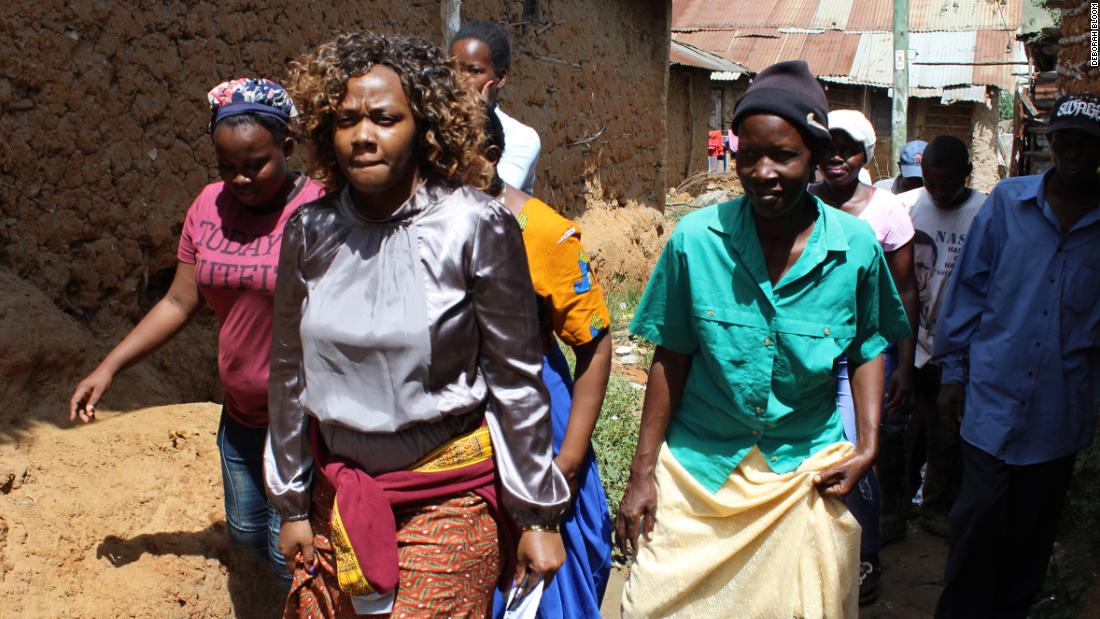Project April 23, 2018
The Cost of Activism: Tackling Kenya’s Toxic Lead Problem
Country:

For the past several months, ever since the attempted kidnapping of her young son, Kenyan environmentalist Phyllis Omido has been living in hiding, wearing a tracking device wherever she goes. Such is life for the activist who has spent the better part of a decade fighting on behalf of the residents of Owino Uhuru, a densely populated slum outside Mombasa plagued with lead poisoning from a toxic, unregulated smelting plant located nearby. The toxic pollution of lead smelting sites is an issue found throughout the developing world, where environmental regulations are inadequately enforced. In Kenya, there are nine unregulated smelting sites. Worldwide, according to Blackmith Institute's Toxic Site Identification Program, there are 70.




